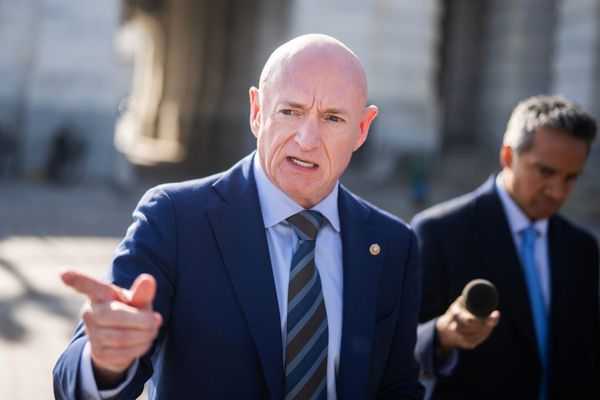
James Shaw says his Labour colleagues need to work with him to plug the emissions gap created by extending the fuel tax cuts
Less than a week after a climate-fuelled storm laid waste to wide swathes of Auckland, the Government resurrected fossil fuel subsidies in the form of an extension to fuel tax cuts.
The cuts were criticised by economists when they debuted in March last year, and then again when renewed in May, July and December. That last extension was supposed to be the last, with a plan for phaseouts over February and March announced at the same time.
Instead, new Prime Minister Chris Hipkins' first override of a decision by his predecessor came on Wednesday, when he said the 25 cent cut to fuel excise, equivalent cut to road user charges and halving of public transport fares would be stretched through to the end of June.
Commentators widely expect a further extension later this year, as raising petrol prices by 25 cents a litre four months before an election would be unwise for any government.
The new extension and likely future one further widen a growing emissions gap, between the cuts to greenhouse pollution the Government has planned to make by 2025 and the emissions budget which limits how much we can pollute between 2022 and 2025.
Already, meeting that budget was looking iffy. Newsroom's analysis from May showed that, if Tiwai Point aluminium smelter stayed open, meeting the budgets would rely on every other sector exceeding predictions.
The smelter now looks more likely than not to remain open past 2024, so even if everything else went just right, the Government modelling shows it would leave minimal wiggle room - just 100,000 tonnes of greenhouse gas emissions.
The fuel tax cuts will use up that wiggle room and more. Projections from transport officials when the cuts were first extended indicated they were expected to increase vehicle travel by 1 to 2 percent while in effect. That's an extra 11,000 to 20,000 tonnes of carbon dioxide a month, or 170,000 to 310,000 tonnes over the current lifetime of the policy, including the new extension.
If the cuts are extended to just past the election, they'll be responsible for up to 380,000 tonnes. If they persist to the end of the year, then 400,000.
Climate Change Minister James Shaw said he hadn't had any specific advice on the size of the new emissions gap but Newsroom's analysis "seems to make sense" at a high level.
"I think your logic holds that, obviously the more you extend the subsidy, if there is going to be an increase in emissions as a result of that policy in the first place, extending that policy will extend the emissions increase as well," he said.
"It will be incumbent upon the Climate Emergency Response Ministers Group to find ways to make up the balance."
That group includes Shaw, Hipkins (as Prime Minister), Transport Minister Michael Wood, Forestry Minister Stuart Nash, Energy Minister Megan Woods and Agriculture Minister Damien O'Connor.
Shaw said he wants to have an intentional conversation with his Labour colleagues about plugging the gap created by their subsidy. He told Newsroom he hadn't broached the subject specifically yet but expected they understood it was necessary after making decisions that would increase emissions.







